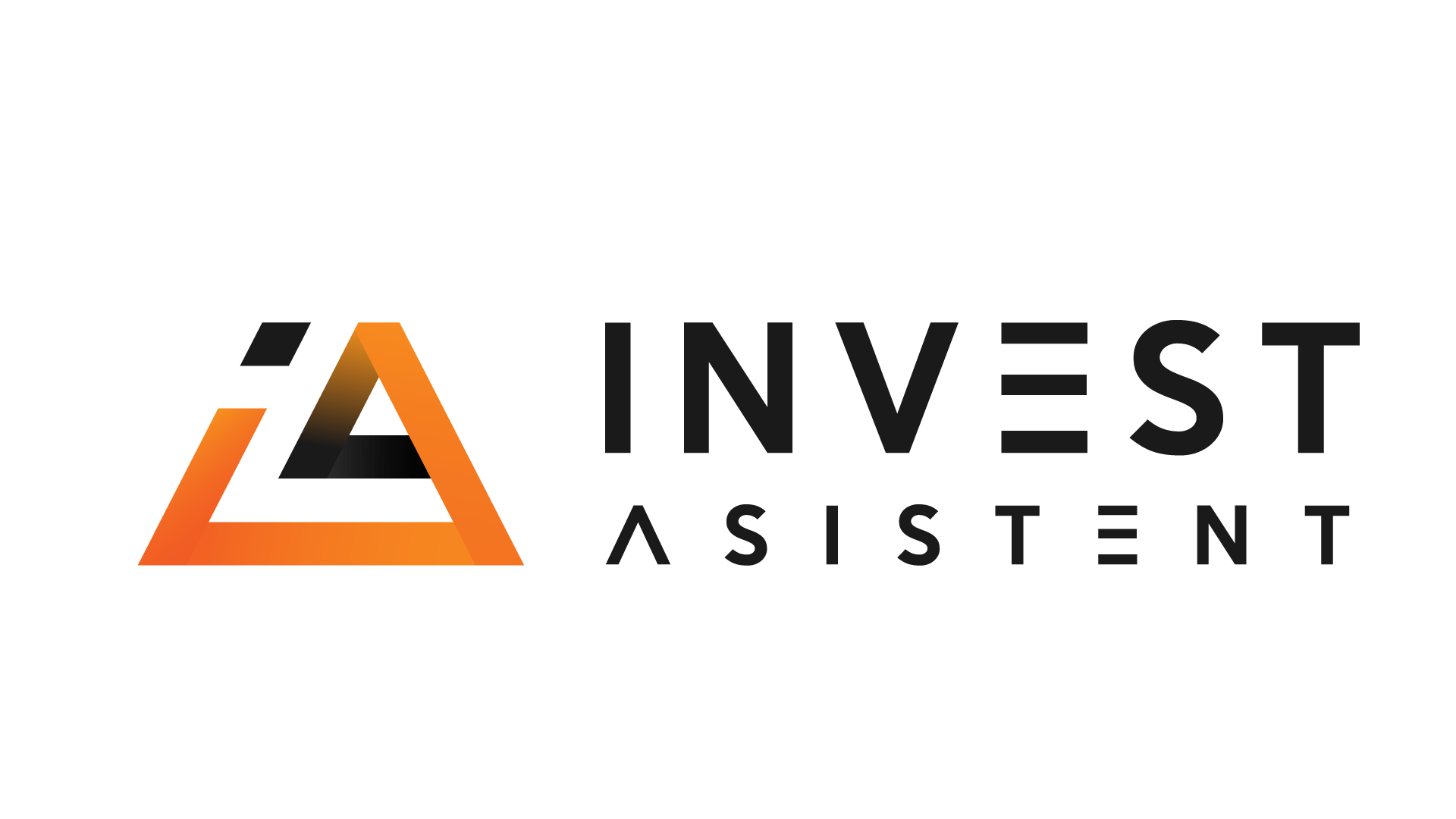
Financial derivatives, unlike videos in which obligations are concluded promptly after the conclusion of the contract, are characterized by the time interval from the moment of conclusion to the moment of execution of the contract between the seller and the buyer.
The most important financial derivatives are Forwards, Futures, Options and Interest Rate Swaps.
In practice, they are most often used for the purpose of protection against certain forms of market risk (hedging), but also with the intention of making a profit, ie. for speculative purposes.
These instruments in developed economies in the world are used by almost all market participants: banks, companies, investment funds, pension funds, central banks, state treasury administrations and others. depending on their needs. Banks participate as a significant participant in the derivatives market since their core business exposes them to a number of risks such as: credit risk, risk of exposure to the agreed interest rate, currency risk, reputational, operational risk and the like.
The value of the derivative differs from the price to which the derivative refers, and is determined by the contract according to the market price of the underlying item at the time of concluding the contract. Namely, the price of derivatives can change faster than the price of the basic product. For example, if the share price of a certain company increases by only 1%, the price of options related to those shares can increase by up to 20% at the same time!
Some derivatives are traded on stock exchanges (options, futures, ETFs), while others are traded on over-the-counter markets (CFDs).
When it comes to risks, trading in financial derivatives can involve a significant risk of losing some or the entire amount of invested funds, so it should be borne in mind that you do not invest the amount of funds that you can not afford to lose. Benefit is the potential earnings you can make by taking full advantage of trading these instruments.
Derivatives can be traded by all adults. The trade is simple; all you need to do is open an account with a registered investment company (broker) and start a “business” using a smartphone, tablet or laptop.
The importance of financial derivatives is best evidenced by the estimated value of certain forms of assets at the global level:
– Commercial real estate $ 7.6 trillion
– $ 7.8 trillion in gold
– $ 70 trillion in stock
– Financial derivatives $ 1,000 trillion
Note: a trillion represents a million million (1012), a trillion represents a million trillion (1018)
According to the table above, the volume of trade in derivatives far exceeds the volume of total economic activity in the world, and more than 90% of the world’s leading companies use this type of instruments in financial risk management.
Forwards
are the oldest form of financial derivatives. They represent a classic type of sales contract for the delivery of trade items in the future, which is concluded to protect against the risk of changes in the price of goods. For example, if you make a forward on buying wheat at 0.20 EUR / kg and it happens that the market price rises to 0.25 EUR / kg, the seller can terminate the contract because he can sell those goods on the market for a higher price. Also, quality, production, delivery and the like are not standardized here.
Futures
unlike Forward, they include standardization, ie. in order to trade in futures, the goods must be standardized (production price, quantity, quality, etc.). In the system of functioning of futures, there must be a clearing house that represents a kind of intermediary between the buyer and the seller. The buyer and the seller are obliged to make a certain amount of deposit depending on the value of the goods at the clearing house as a guarantee that they will fulfill the obligation. This means that the buyer can buy a futures contract of great value with an initial investment of e.g. 10% of the total value, ie. the cost of purchasing a contract worth € 10,000 will be € 1,000 and the potential will be € 9,000. An increase in the contract price of 10 cents increases the value of the investment by 10 EUR.
There are also Index futures that are created to track investment funds and some leading market indices such as NASDAQ, S&P, DJ, …. This is essentially a certain type of gambling, because the one who invests the gamble is whether the market will go up or down. This is the so-called “passive” investment strategy.
Options
differ from futures in that they represent the right but not the obligation to buy or sell certain goods in a certain period of time at a precisely agreed price. The fee paid for using the option is called the option premium. There are two basic types of options and these are CALL or buy and PUT or sell.
Interest rate swap
Swap is often used so that one party converts its loan at a variable interest rate into a loan at a fixed interest rate. This frees her from the risk of rising interest rates, but she will have a loss if interest rates fall. The interest rate swap accounts for over 50% of the financial derivatives market. This option is offered by banks.
Note: The interest rate is determined by adding a variable interest rate to the fixed part offered by banks, which is determined according to LIBOR or Euribor, which is the reference interest rate for loans on the international market, ie the interest rate with which central banks sell currencies to commercial banks.
The capital and derivatives market in Serbia is still in its infancy, especially the use of currency derivatives.
Decision on conducting business with financial derivatives (“Official Gazette of RS”, No. 31/2011, 112/2015, 108/2016, 9/2020, 153/2020) and the Law on Capital Market (“Official Gazette of RS” of January 18, 2022), this matter is harmonized with the legislation in the European Union, which will contribute to greater use of derivatives in order to reduce business risk.

